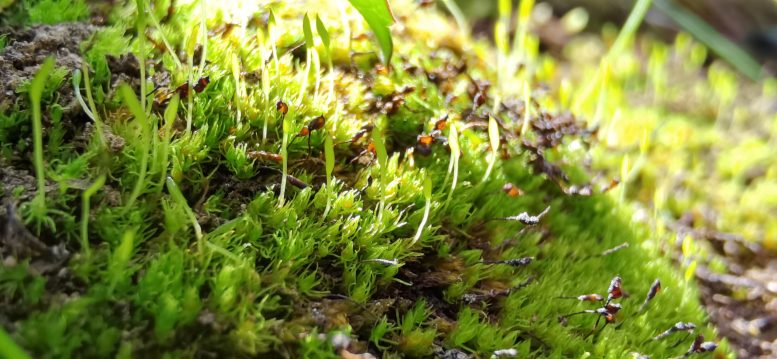
Wild Takakia population on the Tibetan Plateau. Credit: Xuedong Li / Capital Normal University Beijing
The rare moss species Takakia has evolved over the course of millions of years to thrive in high-altitude environments. A collaborative research effort headed by Prof. Dr. Ralf Reski from the University of Freiburg and Prof. Dr. Yikun He from Capital Normal University in China has recently uncovered exactly how it has developed the ability to survive frost and life-threatening high UV radiation.
Published in the prestigious journal Cell, the study outlines the genetic characteristics that arm the moss against extreme environmental factors. The researchers also report on how rapid climate change has significantly impacted the natural habitat of this highly specialized species within just a few years.
The genus Takakia comprises only two species. Together, they are found only on the Tibetan Plateau, the “roof of the world,” a hotspot of biodiversity. There, Prof. Dr. Xuedong Li, one of the two first authors of the study, discovered populations of the species Takakia lepidozioides at an altitude of over four thousand meters in 2005. Since then, the team has studied Takakia in the mountains and in the laboratory for more than a decade.
For example, the study’s other first author, Dr. Ruoyang Hu, has been on site more than twenty times during the study period. “It is difficult to work at this altitude. High altitude sickness is a problem and sometimes our instruments fail”, Li explains. “Still, I love working in this environment. There you truly understand how important it is to preserve and protect the environment,” Hu says.

View of the region where the researchers studied moss populations. Gawalong East Glacier on the left. Credit: Ruoyang Hu / Capital Normal University Beijing
On the Tibetan Plateau, Takakia is buried under snow for eight months of the year and otherwise exposed to high levels of UV radiation. To survive there, living creatures need special adaptations. For Takakia, these have evolved over the last 65 million years: Only since then has this region of the Earth been uplifted by continental drift, making the moss’s habitat increasingly extreme.
“These geological time records help us to trace the gradual adaptation to a life at high altitudes in the Takakia genome,” explains Reski, who conducts research at the University of Freiburg and its Cluster of Excellence CIBSS. In the current study, his team investigated which biological signaling pathways protect the cells of the moss from freezing and mutagenic UV radiation, amongst other things.
Takakia is the oldest living land plant
The moss, which is only a few millimeters in size, is of particular interest to researchers because its systematic affiliation was long unclear, as it combines features of green algae, liverworts, and mosses. “We have now been able to prove that Takakia is a moss that separated from the other mosses 390 million years ago, shortly after the emergence of the first land plants. We were surprised to find that Takakia has the highest known number of fast-evolving genes under positive selection”, says He.
The living fossil
Another surprise was that the special shape of Takakia could already be found in 165 million-year-old fossils from Inner Mongolia. The fossils thus provide biologists with another valuable time reference because they show that genetic changes affecting morphology evolved more than 165 million years ago under very different environmental conditions.
Among these peculiarities is a mode of operation, atypical for plants, of the signaling molecule auxin, which controls growth and development in plants. “Although the Takakia genome is evolving so rapidly, the morphology has not changed recognizably for more than 165 million years. This makes Takakia a true living fossil. This apparent contrast between unchanged shape and rapidly changing genome is a scientific challenge for evolutionary biologists”, Reski describes.
Changing metabolic processes protect against UV radiation
Genetic traits that influence the processing of stress signals and the regulation of certain metabolic processes, on the other hand, are younger, according to the current study, and emerged only after the uplift of the Tibetan Plateau. The researchers were able to reconstruct their gradual emergence within the last 50 million years and show how they protect the cells of the moss from harmful environmental influences.
“For example, Takakia regulates its metabolism to accumulate molecules such as flavonoids and unsaturated fatty acids that protect against harmful UV radiation and free radicals,” He explains. “We see in the genome that signaling molecules that regulate DNA repair, photosynthesis and mechanisms against oxidative stress are under particularly strong positive selection and have changed greatly over the last few million years.”
Climate change may put an end to Takakia’s evolution after 390 million years
While Takakia has had many millions of years to adapt to decreasing temperatures and increasing radiation intensities, its habitat is now changing within decades: Since the measurements began in 2010, the researchers found an average temperature increase of almost half a degree Celsius per year there.
At the same time, the glaciers near the sample sites receded almost 50 meters per year. The highly specialized moss copes less well with this temperature rise than other species. Takakia populations became significantly smaller over the study period, while other plant species benefited from the warming. This trend is likely to continue, the researchers fear.
“Our study shows how valuable Takakia is in tracing the evolution of land plants. The population decline we found is frightening”, He says. “Fortunately, knowing that the plant is threatened by extinction also gives us a chance to protect it, for example by growing it in the lab,” Hu points out. “Takakia has seen the dinosaurs come and go. It has seen us humans coming. Now we can learn something about resilience and extinction from this tiny moss,” Reski concludes.
Reference: “Adaptive evolution of the enigmatic Takakia now facing climate change in Tibet” by Ruoyang Hu, Xuedong Li, Yong Hu, Runjie Zhang, Qiang Lv, Min Zhang, Xianyong Sheng, Feng Zhao, Zhijia Chen, Yuhan Ding, Huan Yuan, Xiaofeng Wu, Shuang Xing, Xiaoyu Yan, Fang Bao, Ping Wan, Lihong Xiao, Xiaoqin Wang, Wei Xiao, Eva L. Decker and Yikun He, 9 August 2023, Cell.
DOI: 10.1016/j.cell.2023.07.003
The study was funded by National Natural Science Foundation of China, Science and Technology Department of Tibet Autonomous Region, New Interdisciplinary Construction of Bioinformatics and Statistics of Capital Normal University, Shenzhen Key Laboratory of South Subtropical Plant Diversity, German Research Foundation DFG as well as by the Freiburg Institute for Advanced Studies FRIAS and the University of Strasbourg Institute of Advanced Study USIAS (METABEVO).

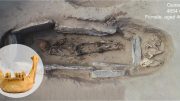


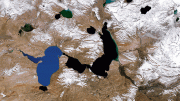
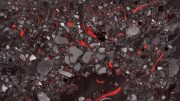
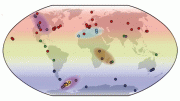
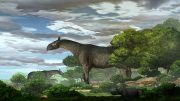
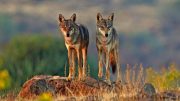
“While Takakia has had many millions of years to adapt to decreasing temperatures and increasing radiation intensities, its habitat is now changing within decades: Since the measurements began in 2010, the researchers found an average temperature increase of almost half a degree Celsius per year there.”
Adapt to decreasing temperatures, higher UV radiation?? Measurements since 2010.. Twelve years? Have they forgotten the warm years in the 1920s and 30s. That’s climate change. 12 years is weather. But adding in “danger and climate change” assures publication.
Bunk science…..Just sayin
“Takakia populations became significantly smaller over the study period, while other plant species benefited from the warming.”
That is called adaptation. Why is there so much fear over change. Without change there would not be evolution.